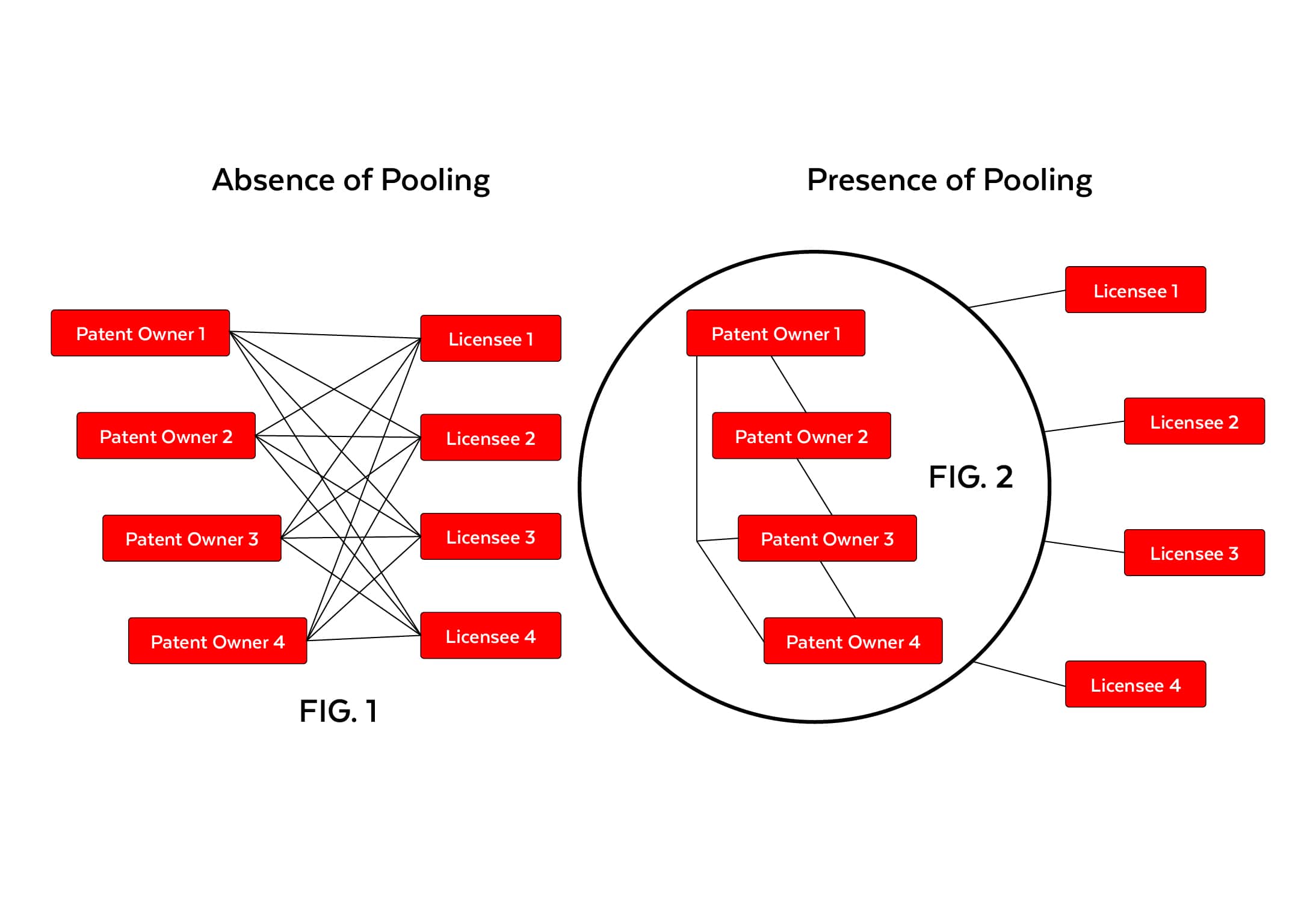Firstly, transaction costs should be kept to a minimum while designing the patent pool. It should make it possible for patent owners to negotiate licensing deals both with other pool participants and with organizations or people outside the pool. The pool would represent its members in license negotiations and pay them back for their licensing-related expenses.
All pool members would retain their sole right to use, produce, or commercialize their inventions, but they would also grant the pool the right to license them. This would help cut down on transaction costs by allowing licensees to bargain directly with the pool rather than with dozens of different patent holders.
Secondly, the patent pool should have defined norms and regulations intended to prevent antitrust issues, promote licensing, and forbid price-fixing, collusion, and other anti-competitive behavior. Therefore, the pool should have a system in place for figuring out a patent’s market worth, and it should license patents in accordance with that value. The pool should prohibit blocking patents and require all participants to agree to license their inventions for fair market value.
Thirdly, the patent pool should be designed in such a way as to prevent fraud and misuse. The pool’s patents should all be legitimate. The pool shouldn’t give a dishonest business the chance to make money out of fake and illegitimate patents. Patents ought to be taken out of the pool when they expire. Additionally, the pool needs to create policies to stop “double patenting” and other patent system abuses.
Fourth, the pool should distribute a portion of royalties from licensing operations to each member in order to guarantee that all patent holders have some source of revenue that is assured. Members of the pool would also profit from lower licensing costs for the inventions of other pool members. When patent owners are unclear of the market value of their inventions, these regulations would encourage them to add their patents to the pool.
Fifth, the patent pool should have a wide range of patents in order to optimize ease and access and reduce transaction costs. It ought to cover patents for numerous necessary products and processes. For instance, a business creating a new medication that targets a receptor may need to be able to secure licensing for the receptor as well as for proteins, RNA, and DNA. Additionally, the business might require licensing for vital procedures like PCR or recombinant DNA methods. Instead of dealing with numerous distinct patent holders or patent pools, the corporation would find it far more convenient to negotiate licenses with a single pool.
Sixth, the patent pool should be a separate, non-profit business to eliminate bias or the impression of bias. The patent pool should have its own charter, bylaws, trustees, and management, even though important businesses and governmental organizations may play a significant role in its funding. The pool would be financed by donations from its participants, which might include an annual fee or a portion of licensing revenues. Patent holders’ conflicts would be arbitrated and reviewed by an independent board that the pool would create.
Seventh, the government should not employ coercion to compel patent holders to join the pool; membership in the pool should be totally voluntary and contractual.






